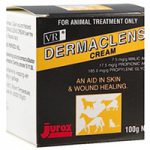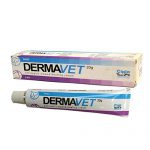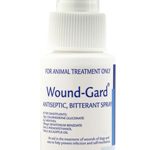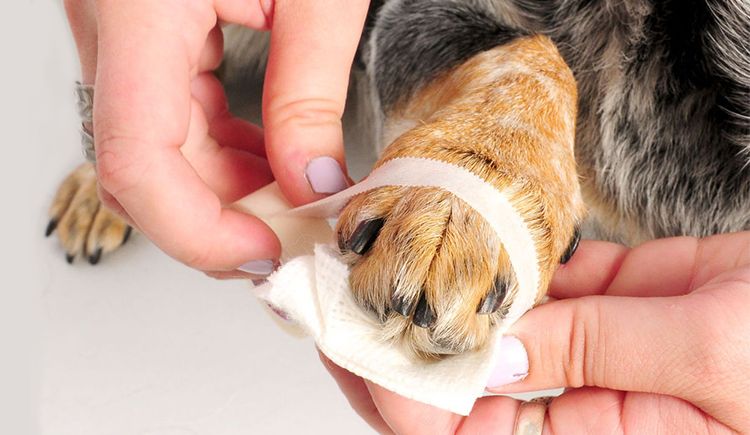Just like your children, your furry friends especially puppies are more prone to cuts and wounds. Taking care of pooch’s scratches and cuts are quite different from treating the same in humans. It mainly depends on the severity of the wounds. Whenever it happens, in case of minor wounds, you can very well handle it from home. But, you need to know how to provide first aid for such minimal wounds or cuts at home. Identifying the intensity of the wound, you can very well device a proper care or treatment.
For minor wounds, you can always follow the below guidelines and provide the treatment.
Here are a few primary steps to follow when administering the first aid to pets in the circumstance where they have got a cut or a wound.
1. Get down to your dog by kneeling or place him on the table or counter if your dog is small. Have a helping hand, if you want to restrain your pet from touching the wound while first aid procedure.
2. Cover the wound and surrounding area with water-based lubricant. Water-based lubricant makes shaving easier and prevents contamination of the wound.
3. For long hair dogs, clear the surrounding of the cut or wound with electronic clippers for easy access. You can use a disposable razor and it has to be used with extreme caution to avoid any type of cuts on the skin.
4. Using dry cloth or paper towel, wipe away the water-based lubricant.
5. Wash the area with warm water or clean it with Epi-Otic Skin Cleanser for removing any debris or dirt from the wound.
6. Apply antiseptic solution like Wound-Gard that helps in treating cuts and wounds. The solution contains a component – Chlorhexidine, which is highly effective in killing all types of bacteria and yeast, which are responsible for skin infections in dogs and cats.
7. Follow this with an antimicrobial ointment like Dermaclens, which aids in faster healing and prevents any further damage to wound/skin.
8. Restrain your pet from grooming the ointment off its skin for at least 30 minutes. To divert your pet from the wound, you can give him a treat or sit with him caressing or take him for a small walk (only if the injury is not on the leg.) Avoid your pet from playing with other pets until the lotion is fully dried.
9. For faster recovery, two to three times a day, clean the wound to remove debris and apply antiseptic and ointment until the cut or wound is completely healed.
WHEN TO LOOK FOR PROFESSIONAL HELP
If you find that your pet’s wound is not healing and contrarily, it is getting worst, or there is something else, then it is essential to seek veterinary attention in any of the following conditions:
- Sudden or random bleeding is occurring in the wound and is unable to control
- If you feel overwhelmed about the situation.
- Your pet seems painful or distressed for which your vet can provide pain relief.
- The wound is significantly contaminated.
- In spite of application of antiseptic cream or ointment, the wound/cut is oozing with pus or yellowish matter.
- If there is swelling or foul smell coming out of wound.
In all the above circumstances, it is always good to seek your vet’s advice. First aid is essential if your pet has encountered with any cut or wound. However, if you find anything suspicious about the wound, it is always safe to consult a vet.
See our Wound Repair Products for Dogs and Cats – Buy Wound Repair Treatment








